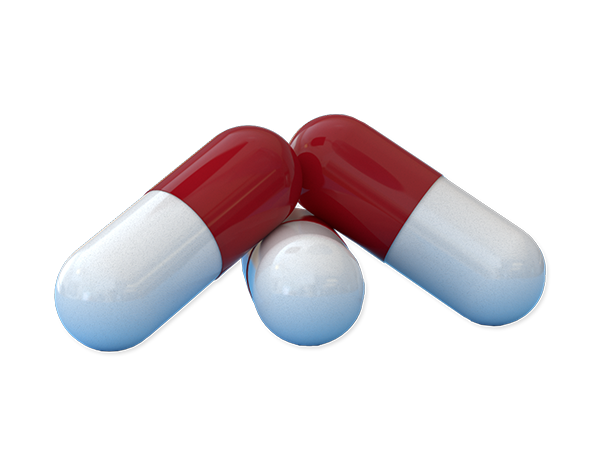SUGLETS®
Sugar Spheres
SUGLETS® sugar spheres are uniform drug-layering pellets made of sucrose and starch for sustained or extended release dosage forms. With low friability, consistent sphericity, tight particle size control and high batch-to-batch uniformity, SUGLETS® are ideal for drug loading applications.

Explore Other Products
Education & Insights
As industry leaders for more than 60 years, we're committed to continuous innovation and to providing customers like you with the knowledge, education and resources needed to succeed.
Request a Sample
Ready to experience the Colorcon difference? Request a sample today and see firsthand how our innovative solutions can elevate your products.







